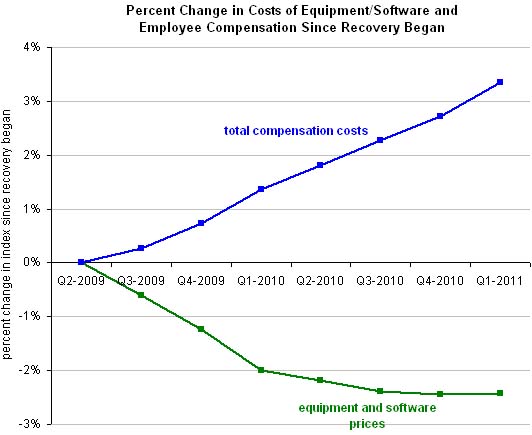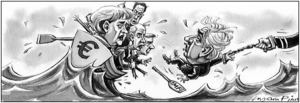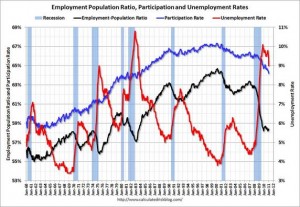This view point has been recently propounded by Japanese Prime Minister Shinzo Abe and his protege (puppet?) Haruhiko Kuroda, selected to be in charge of the Bank of Japan. Japan is tired of two decades of stagnation and falling or at least not rising prices. Mr. Abe has pushed for a 2% inflation target and Mr. Kuroda will provide $77 billion worth of monthly bond purchases to achieve that goal. If that’s not enough, will more be forthcoming? Is a little good and more better?
Inflation as a cure for economic ills is not new. In fact, check out this 1933 video on the how inflation is good for everything and everyone. Clearly, proponents of Neo-classical macro beg to differ. Those in Econ 320 will have a chance to sort out the winners and losers. Indeed there will be losers, as we know that there is no free lunch. Who will the winners be?
1. lenders or borrowers
2. savers or consumers
3. labor or management
4. bond holders or stock holders
5. renters or buyers
6. government officials or Wall Street tycoons
Place your bets now or maybe just guard (cover?) your assets.
Whatever else you do watch the video? It’s a hoot.



